
The ten best-looking IndyCars, ranked chronologically — a completely subjective list
The Gist
These things are by definition impossible, but we’ll give it a go anyway: our editor-at-large Jeroen Demmendaal draws up a list of what he believes to be the ten best looking IndyCars. You will no doubt disagree with it, so make sure to share your own!
Let me start with a small Public Service Announcement to introduce the list below: this list is purely personal and therefore by default unpalatable to many readers. It is largely informed by my own personal experiences and preferences, which as a Dutch 36-year old are bound to be completely different from those of a, say, 65-year old American. Most importantly: that doesn’t really matter. This list is designed to invite discussion and to encourage others to share their own lists and favorites. So bring it on.
The 2018 Dallara IR18
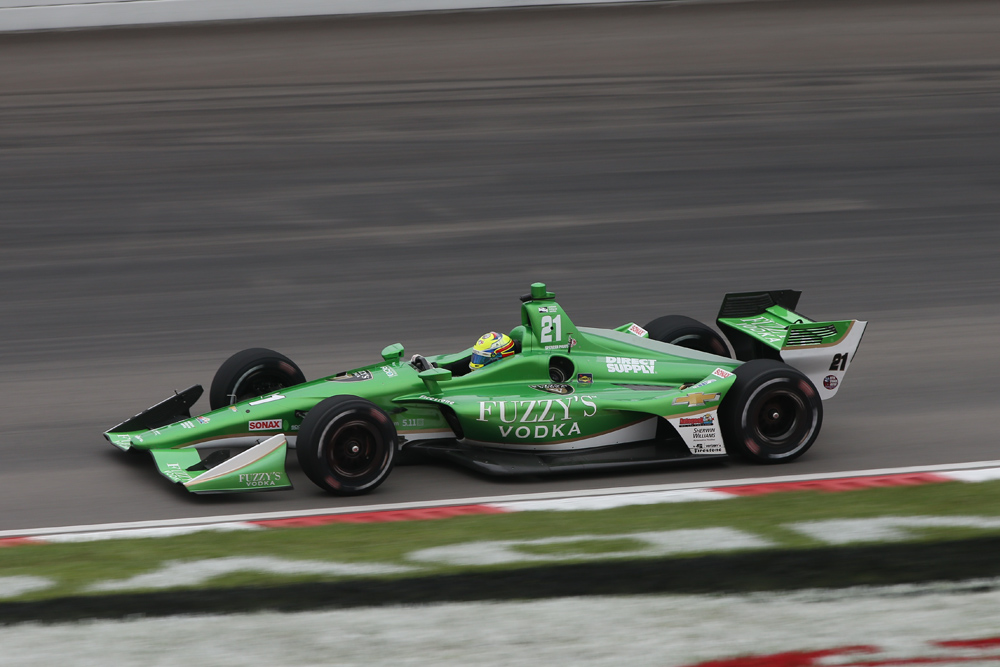
Some may argue this is here because of political reasons, others may argue that I have simply lost my mind. Either way: good, let’s hear it. The truth of the matter is: I really, really like the look of this thing, ever since it was introduced to us in 2018. One influencing factor may be what came before it, because we can all agree that the kit car era of the Dallara DW12 delivered some of the ugliest IndyCars known to mankind. Another factor is what it stands for: especially in its 2020, Aeroscreen-carrying version, it represents a new dawn for IndyCar racing under the leadership of the Penske Corporation — coronavirus pandemic be damned.
But as said, I might simply have lost my mind.
The 1998 Reynard 98I
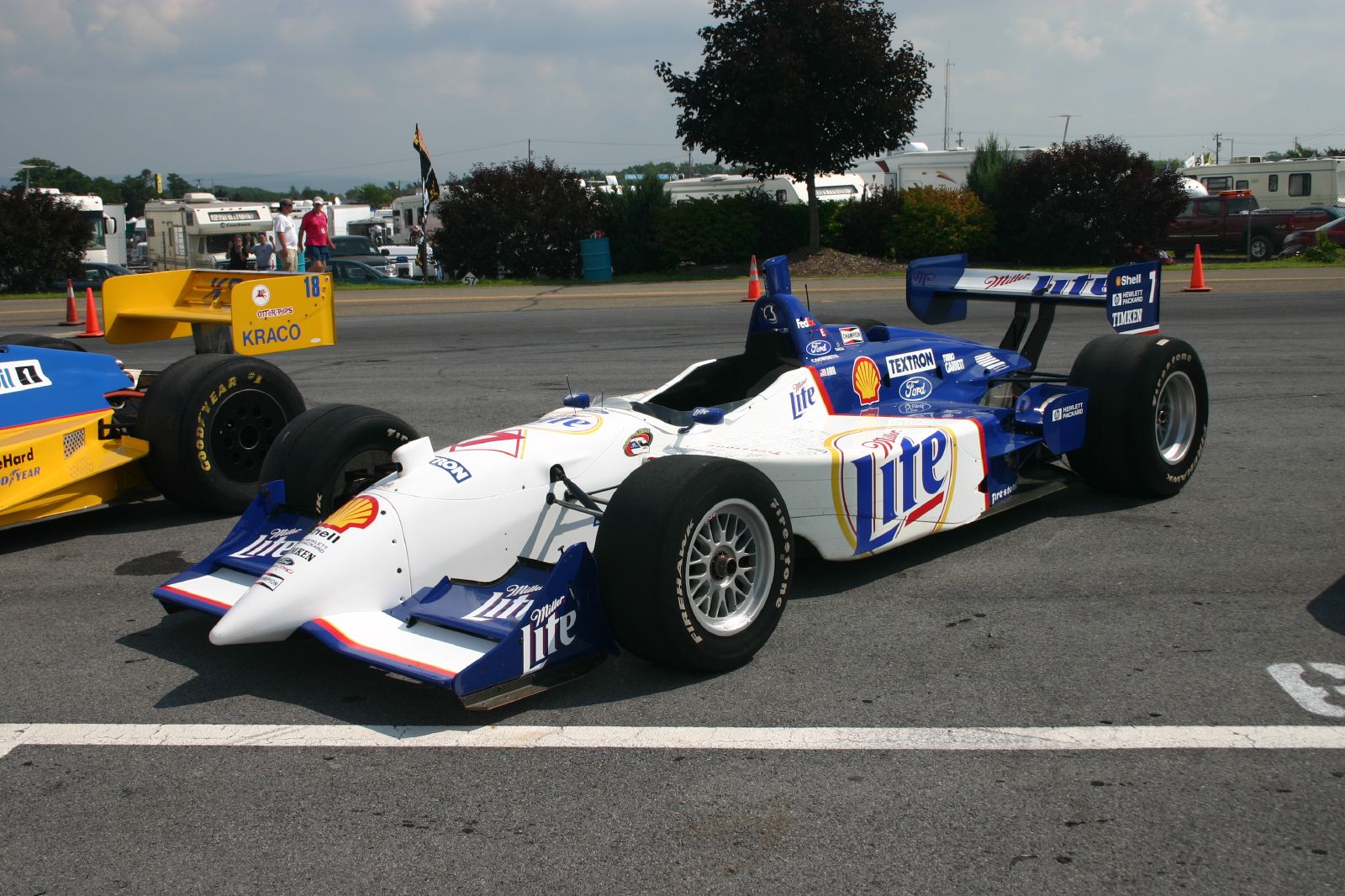
The arrival of the Reynard chassis in IndyCar racing coincided with the period during which I discovered American open-wheel racing myself. The early versions from the mid-1990s were not necessarily the most elegant ones, but by the late 1990s the Reynard had crystallized into a very beautiful machine indeed. Yes, it looked fairly heavy compared to the Lola’s of the early 1990s and contemporary F1 cars, but it also represented the pinnacle of CART’s technical development. If pushed, I would probably pick the KOOL Green machine driven by Dario Franchitti as my all-time favorite IndyCar, with Greg Moore’s Players Reynard a close second.
The 1993 Penske PC22
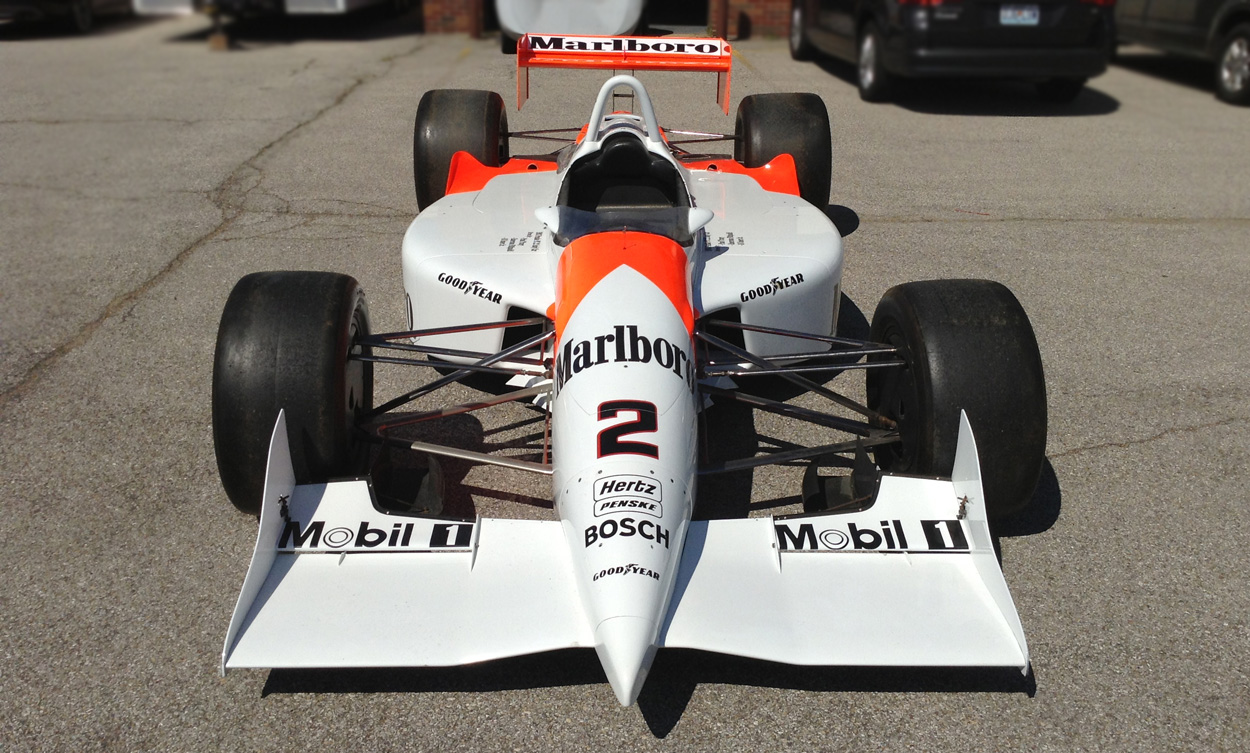
I have always had a soft spot for the Penskes and I could also have picked the 1991 version here (Rick Mears forever and so on), but since I already picked that year for another entry, I’ll go for the 1993 Penske instead. Not a championship winner (unlike its successor, the hyper successful PC23), but a beautiful machine nevertheless and it did win eight races in 1993. Emerson Fittipaldi took it to another Indy 500 win for the Captain’s team and it formed the basis for the absolute dominance that Penske displayed a year later.
The 1991 Lola T91/00
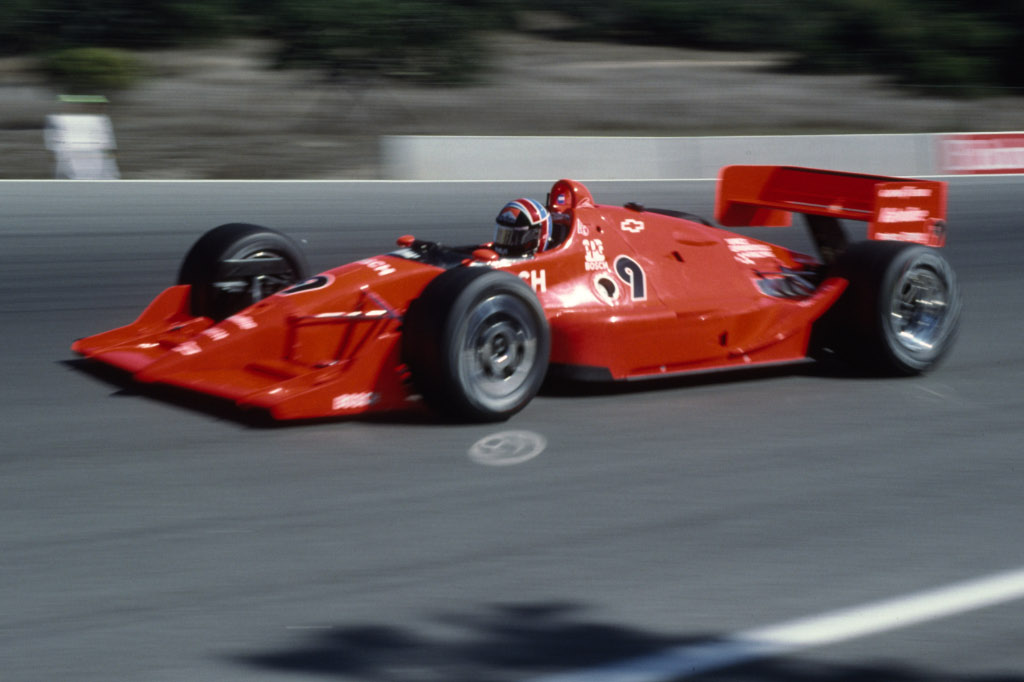
The overall look of IndyCars became a lot more elegant with the arrival of the comprehensive rule changes for 1990, creating a much slimmer and aerodynamically sleeker design. And while I could easily have picked the 1990 version here, I opt for the 1991 Lola instead. It incorporates a year of learnings at Lola Cars and as a result, the proportions are just a little bit better than the 1990 car. It also made almost any livery look good, although the Miller Alfa of Danny Sullivan and the Granatelli Chevy driven by Arie Luyendyk are my favorites.
The 1985 March 85C

While the March chassis quickly became the car to have in CART in the early 1980s, the 85C was the pinnacle of the engineering firm’s dominance during the decade. As opposed to the F1-derived March cars of the early 1980s, the 85C was a brand new car designed from scratch by Adrian Newey. Known for its bulky appearance, it still looked the part and even Roger Penske decided to temporarily shelf his troubled Penske chassis in favor of the March in those days. It was also the last generation of March IndyCars that really delivered — five years on, not much was left of March Engineering’s once dominant position within the field.
The 1980 Chaparral 2K
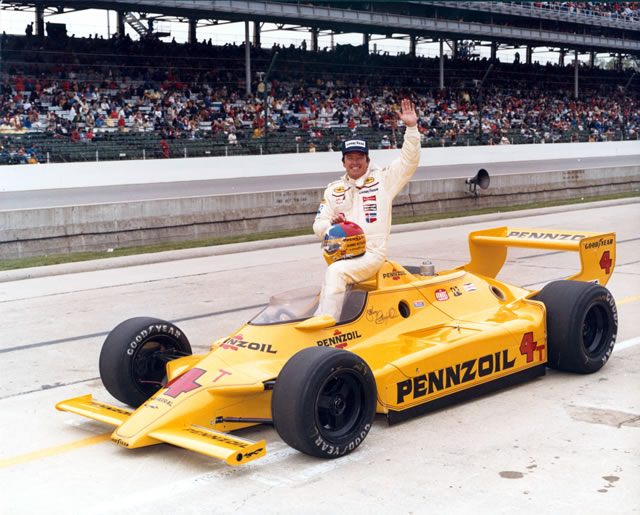
Famous for the fact that the Beatles wrote a song about it. All joking aside, Rutherford’s 1980 Indy 500 and CART championship winning Yellow Submarine is an evergreen and rightly so. It is the car that demonstrated the beneficial effects of ground effect at Indianapolis and it introduced the world to the by now iconic Pennzoil livery. Yellow is also my favorite color, so this was an easy pick.
The 1975 Jorgensen Eagle
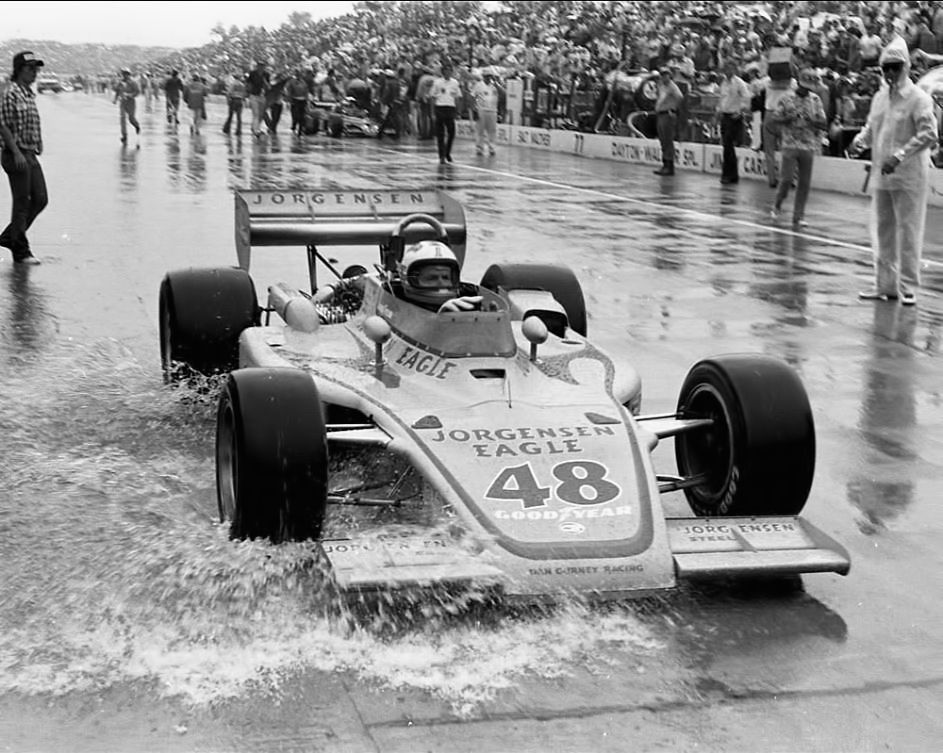
I’ll be the last to claim that I am an expert on the 1970s era (I am really not), but this is a car that has always stuck with me. I adore the soft blue livery, and I love the picture in which Bobby Unser drives through a soaked pit lane at Indianapolis, having just won the Indy 500 for Dan Gurney’s All American Racers. It would be just as easy to replace this car with one of the AJ Foyt Coyotes or the Gordon Johncock STP machine, but this is my 1970s car.
The 1967 Dean Van Lines Brawner Hawk
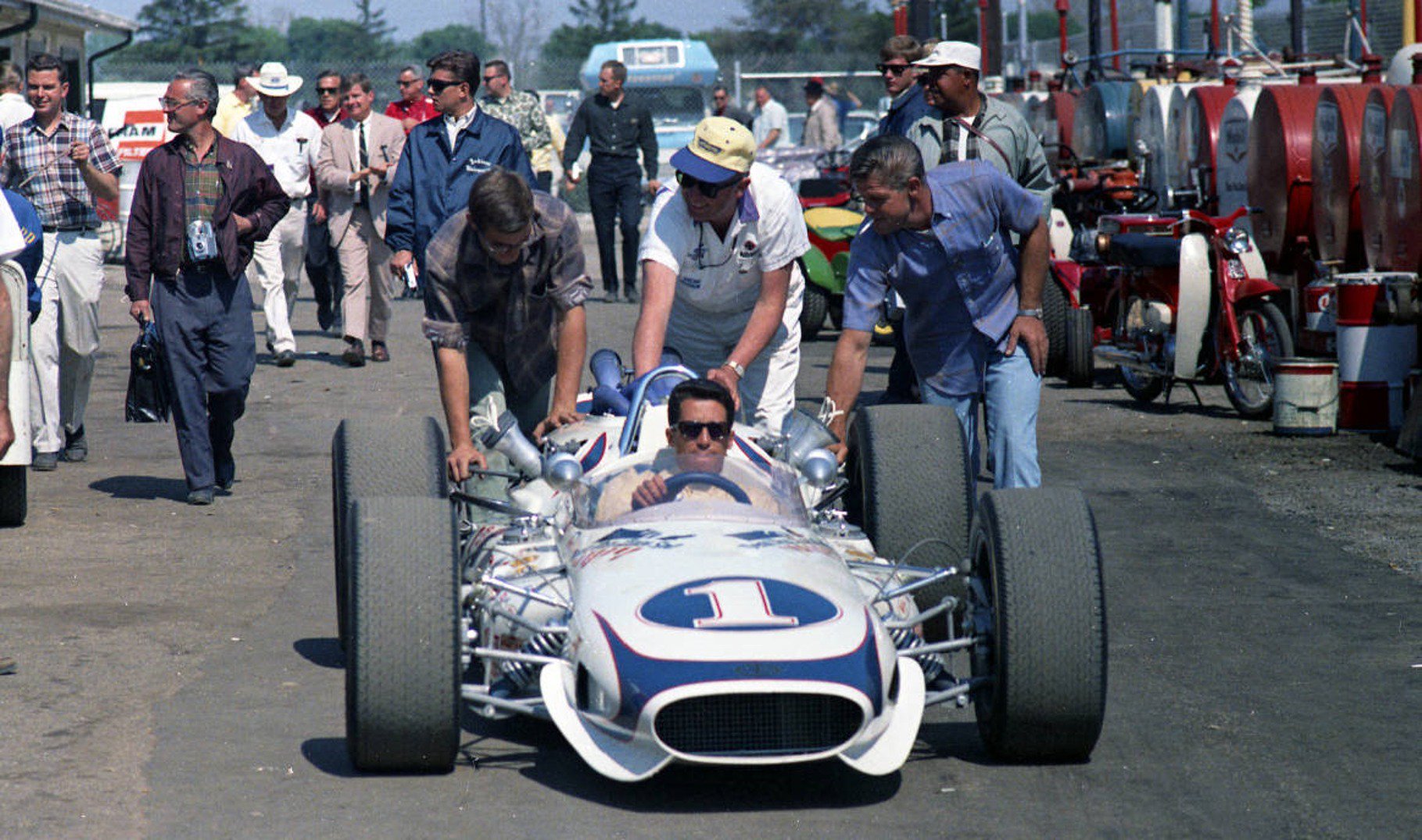
Going through the 1960s, the obvious choice would be to go for Mario Andretti’s 1969 winning car, but I don’t necessarily do obvious. And the look of this Hawk really is the bee’s knees. Once again, as with the Unser Eagle, the livery does a lot for me, as does the picture of Mario driving this car through Gasoline Alley sans helmet but with French Noir sunglasses. And it carried the #1, which just feels right for a car driven by Mario.
The 1952 Cummins Diesel Special Roadster
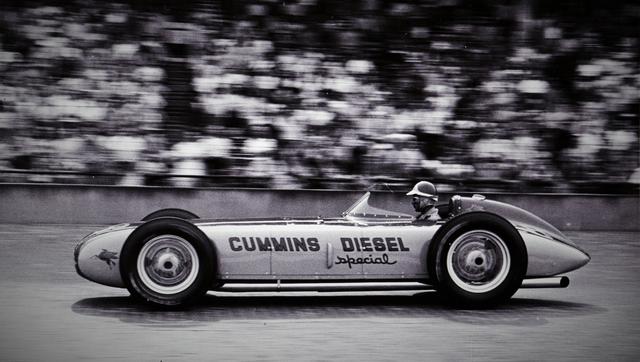
This was a close one, because the other option from the roadster area would have been Roger Ward’s gorgeous Leader Card Special Watson. I simply love the cigar shapes from this era and I love the stories behind the cars. Which is why I ended up with the Cummins Diesel Special, the “racing laboratory” in which Cummins invested half a million dollar to demonstrate the viability of its diesel technology. The first turbocharged car to run the Indy 500 and the only diesel to ever win pole at Indianapolis, it is not just a piece of history: it also looks (and sounds!) fantastic.
The 1928 #14 Miller
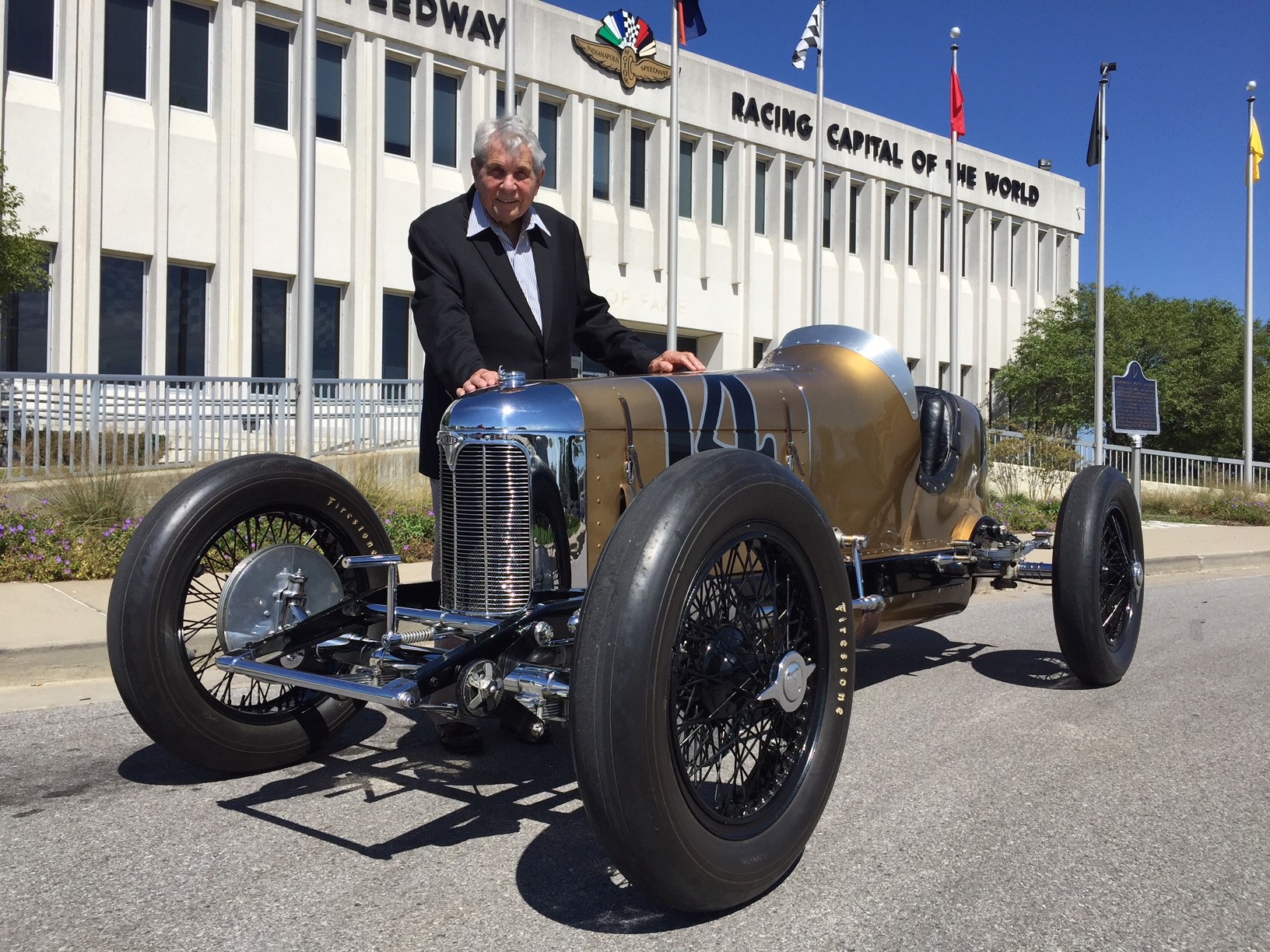
For my final choice, I will go for the car that kept me occupied for a long time when I visited the IMS Museum a few years ago. I just couldn’t stop looking at this beautiful piece of machinery. It prominently carries the number 14, whose significance will be obvious to anyone who knows anything about Dutch football, and it is painted in a bright gold that provide a beautiful contrast with the pitch black Firestone tires. In this car, pre-war great Louis Meyer grabbed the first of his three Indy 500 wins.
So – now that you know my list, let’s hear yours!
-JD
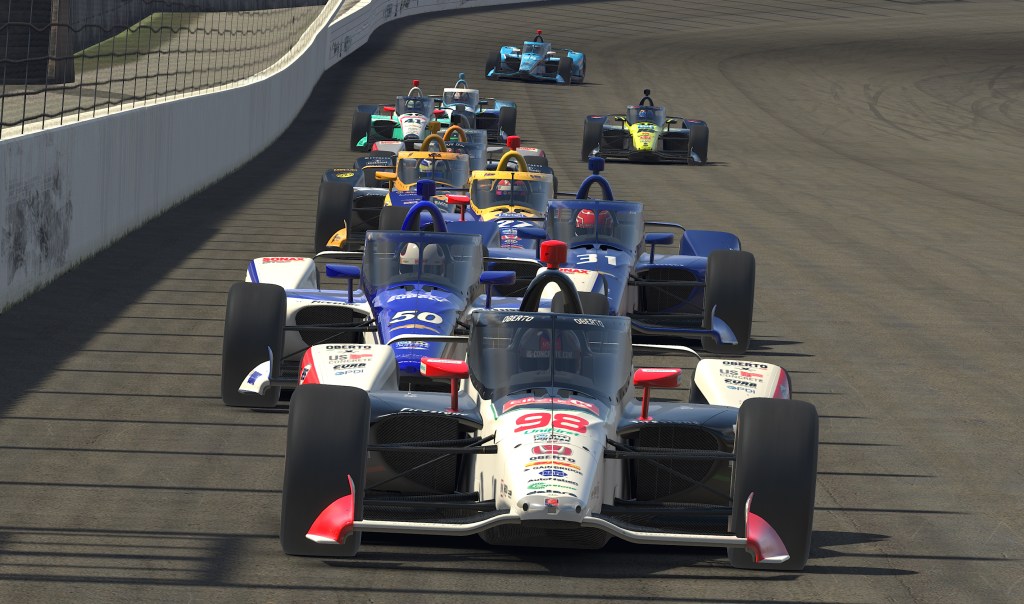
Without real racing, iRacing has proven to be nearly a sigh of relief by giving sponsors much needed exposure on NBC
Like this type of content? Want more?
Submit your email address below so we can email it to you.